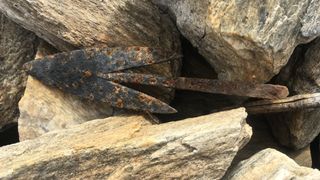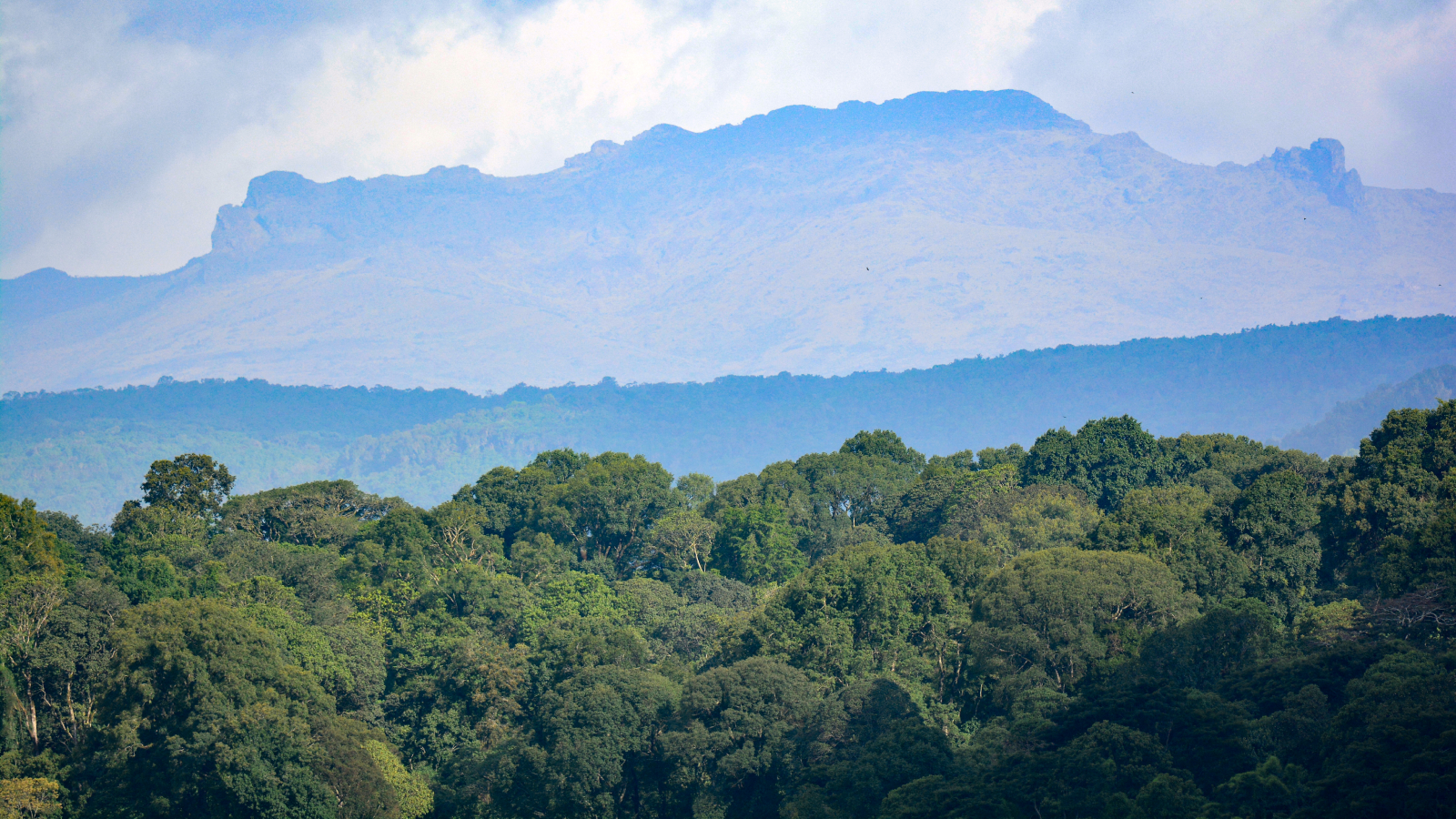Tom Metcalfe
Tom Metcalfe is a freelance journalist and regular Live Science contributor who is based in London in the United Kingdom. Tom writes mainly about science, space, archaeology, the Earth and the oceans. He has also written for the BBC, NBC News, National Geographic, Scientific American, Air & Space, and many others.
Latest articles by Tom Metcalfe
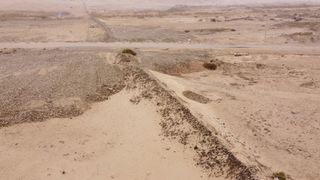
1,000-year-old wall in Peru was built to protect against El Niño floods, research suggests
By Tom Metcalfe published
The research found flood sediments only on the eastern side of a desert wall built almost 1,000 years ago.
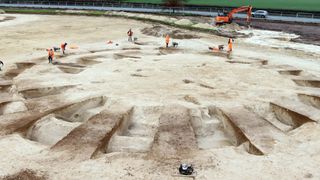
Vast cemetery of Bronze Age burial mounds unearthed near Stonehenge
By Tom Metcalfe published
The cemetery was built at the same time as most of Stonehenge.
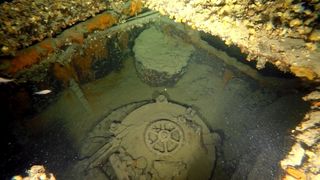
Top-secret special-ops submarine from World War II discovered after 20-year search
By Tom Metcalfe published
A veteran Greek diver announced that he'd discovered the wreck of HMS Triumph after searching for more than 20 years.
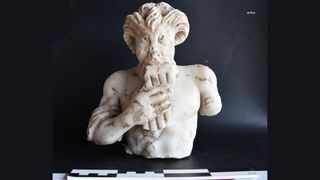
Broken pagan statue of Greek god Pan unearthed at early church ruins in Istanbul
By Tom Metcalfe published
A marble statue of the Greek god Pan was found in "backfill" at an archaeological site in Istanbul that probably came from elsewhere in the ancient city.
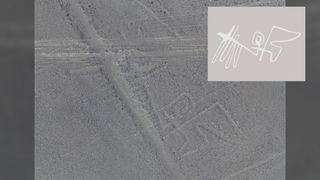
AI identifies 3 more 'Nazca Lines' figures in Peru
By Tom Metcalfe published
The deep-learning system is 21 times faster than a human at finding ancient "geoglyphs" in aerial photographs of Peru's Nazca Desert.
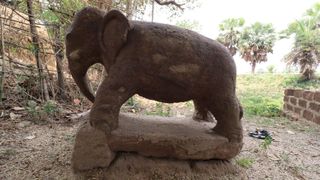
2,300-year-old Buddhist elephant statue from India is one of the oldest known
By Tom Metcalfe published
Archaeologists in eastern India have unearthed an elephant statue thought to date to the third century B.C., when the region was mainly Buddhist.
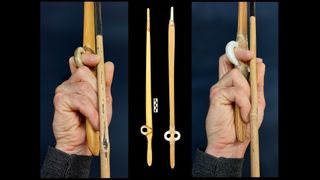
150-year-old mystery of strange half-circles from Paleolithic site in France finally solved
By Tom Metcalfe published
Hurling spear-thrower projectiles at archery targets revealed that these loops may have been finger grips.

Hidden tunnel and rooms unearthed under 1,500-year-old church in Istanbul
By Tom Metcalfe published
Archaeologists have excavated subterranean rooms and a tunnel under an early church in Istanbul, formerly Constantinople, the capital of the Byzantine Empire.
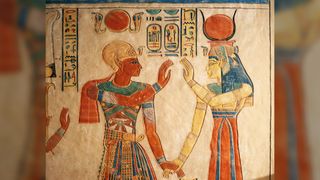
What was the longest-lasting civilization?
By Tom Metcalfe published
Is the longest-lasting civilization China, ancient Egypt or Mesopotamia? Here's a look at the evidence for each of these enduring cultures.
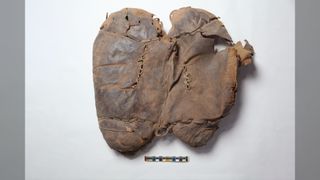
2,700-year-old leather saddle found in woman's tomb in China is oldest on record
By Tom Metcalfe published
The elaborate leather saddle is dated from between roughly 700 B.C. and 400 B.C. and may be the earliest ever found.
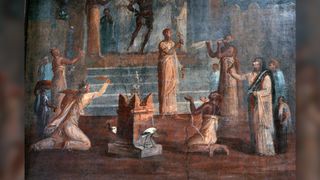
Ancient Romans sacrificed birds to the goddess Isis, burnt bones in Pompeii reveal
By Tom Metcalfe published
The ancient remains of at least 10 birds have been found at a temple of Isis in the Roman city of Pompeii, indicating that birds were a key feature of worshipping the goddess.
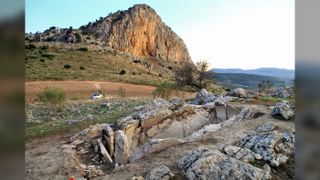
5,400-year-old tomb discovered in Spain perfectly captures the summer solstice
By Tom Metcalfe published
Archaeologists have discovered a 5,400-year-old stone tomb beside a prominent lone mountain in southern Spain, indicating it was a local focus for the prehistoric people of the region.
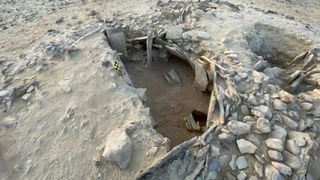
7,000-year-old tomb in Oman holds dozens of prehistoric skeletons
By Tom Metcalfe published
Archaeologists have found the remains of dozens of people in a roughly 7,000-year-old stone tomb in Oman.
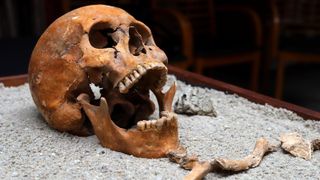
1st-century burial holds Roman doctor buried with medical tools, including 'top-quality' scalpels
By Tom Metcalfe published
Archaeologists in Hungary have unearthed a 2,000-year-old collection of medical tools, including forceps and scalpels. They think the tools belonged to a physician from the Roman Empire who had traveled beyond its frontiers to treat patients.
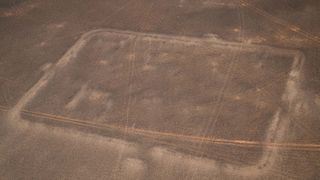
Ancient Roman camps from secret military mission spotted using Google Earth
By Tom Metcalfe published
An archaeologist using Google Earth has spotted the traces of three Roman military camps in the southern Jordanian desert, prompting a rethink of the region's history.
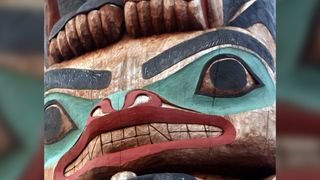
3,000-year-old 'bear' bone from Alaska isn't what it seems
By Tom Metcalfe published
A bone found in a cave in Alaska and thought to from a bear is actually from a human, casting new light on the genetics of Native American peoples.
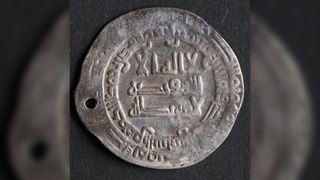
Double hoard of Viking treasure discovered near Harald Bluetooth's fort in Denmark
By Tom Metcalfe published
A metal detectorist has unearthed two hoards of Viking silver in a field in Denmark, including coins made during the reign of the powerful Danish king Harald Bluetooth.
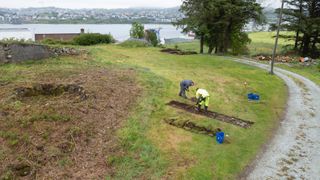
Seemingly 'empty' burial mound is hiding a 1,200-year-old Viking ship
By Tom Metcalfe published
Ground-penetrating radar has revealed the outline of a Viking ship in a mound in southwest Norway that was once thought to be empty.

WWII ship that sank with 1,000 Allied POWs on board discovered in South China Sea
By Tom Metcalfe published
The wreck of a Japanese transport ship that sank in 1942 with more than 1,000 Allied prisoners-of-war on board has been discovered near the Philippines.
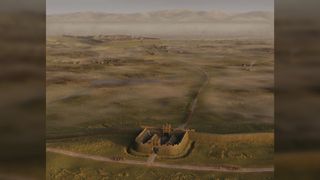
'Lost' 2nd-century Roman fort discovered in Scotland
By Tom Metcalfe published
Archaeologists have discovered the buried remains of a Roman fort along Scotland's ancient Antonine Wall.

Ancient princesses helped build vast warrior empire that prompted China to erect the Great Wall
By Tom Metcalfe published
Analysis of ancient DNA and grave goods from burials suggest that princesses helped to build a "massive empire" stretching from Kazakhstan to Mongolia.
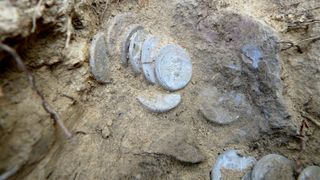
2,000-year-old hoard of Roman coins may have been hidden by a soldier during a bloody civil war in Italy
By Tom Metcalfe published
The silver coins, mainly from the first century B.C., were unearthed in Tuscany in Italy and are hidden relics from a turbulent time in Roman history.
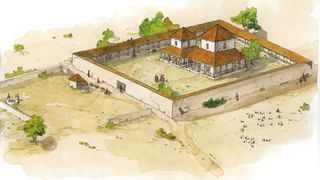
Roman temple found in France may have been dedicated to war god Mars
By Tom Metcalfe published
A large temple possibly used by Roman soldiers for hundreds of years has been unearthed by archaeologists in northwest France.
Get the world’s most fascinating discoveries delivered straight to your inbox.
